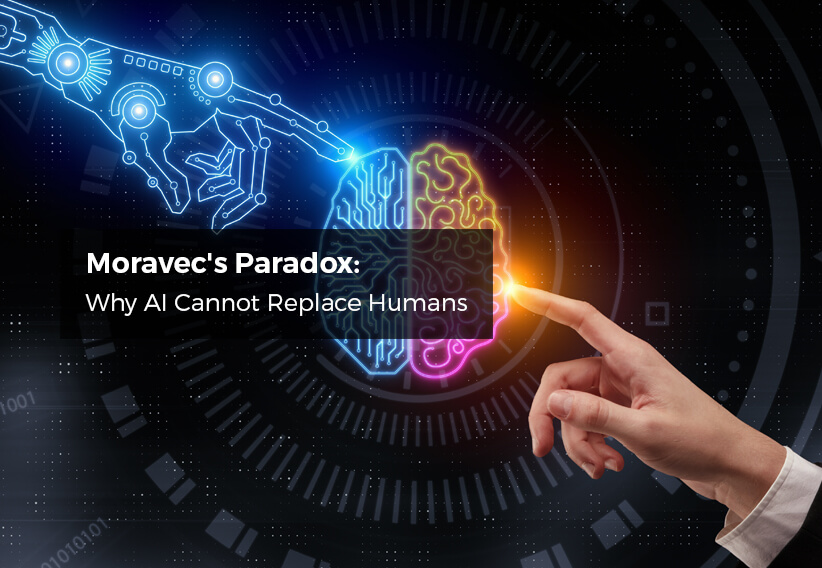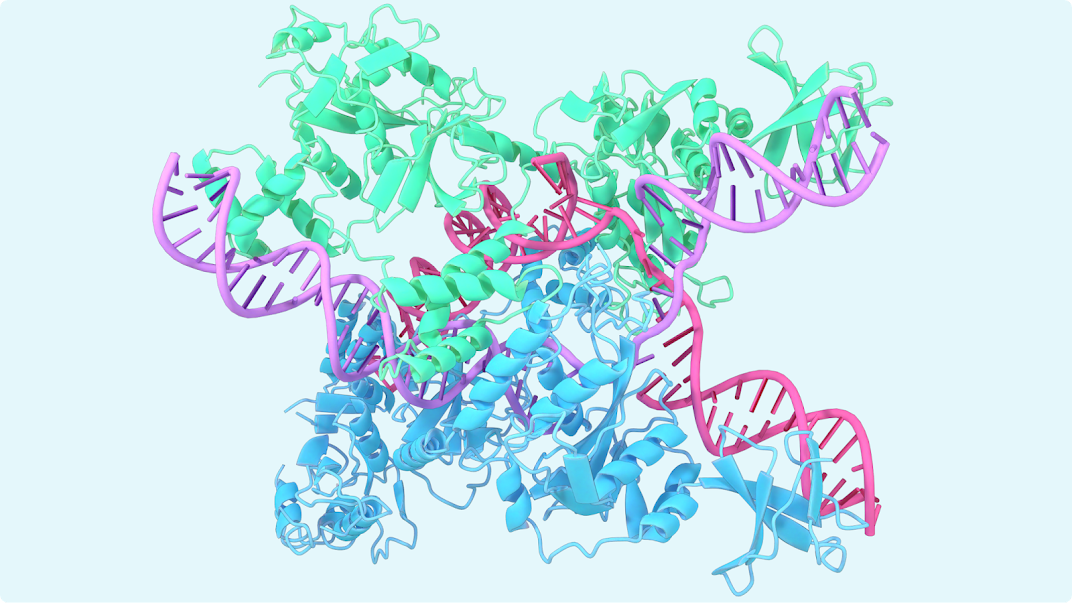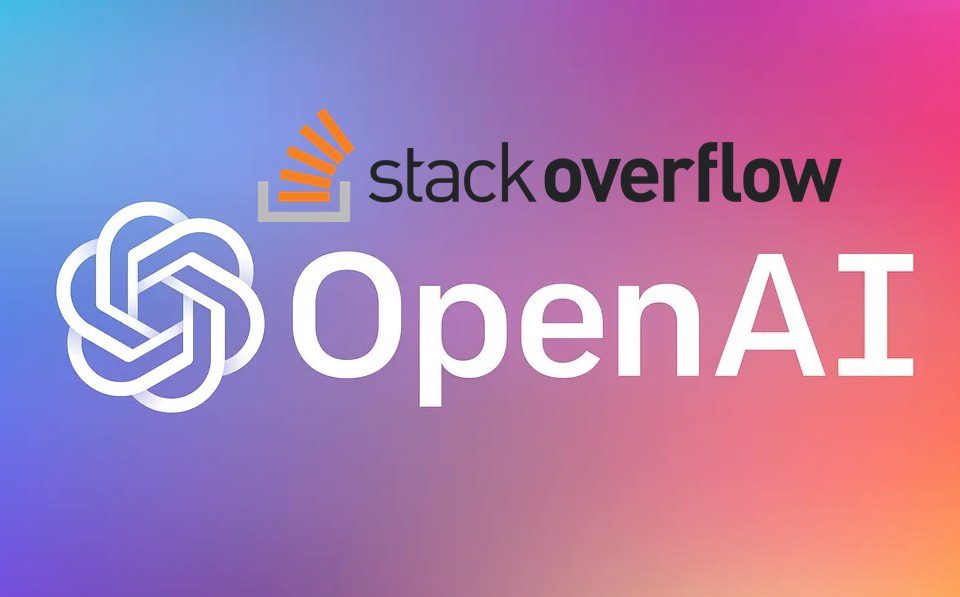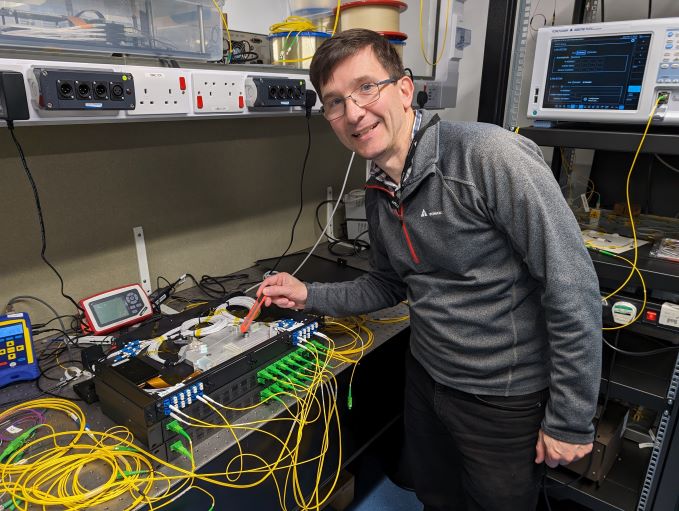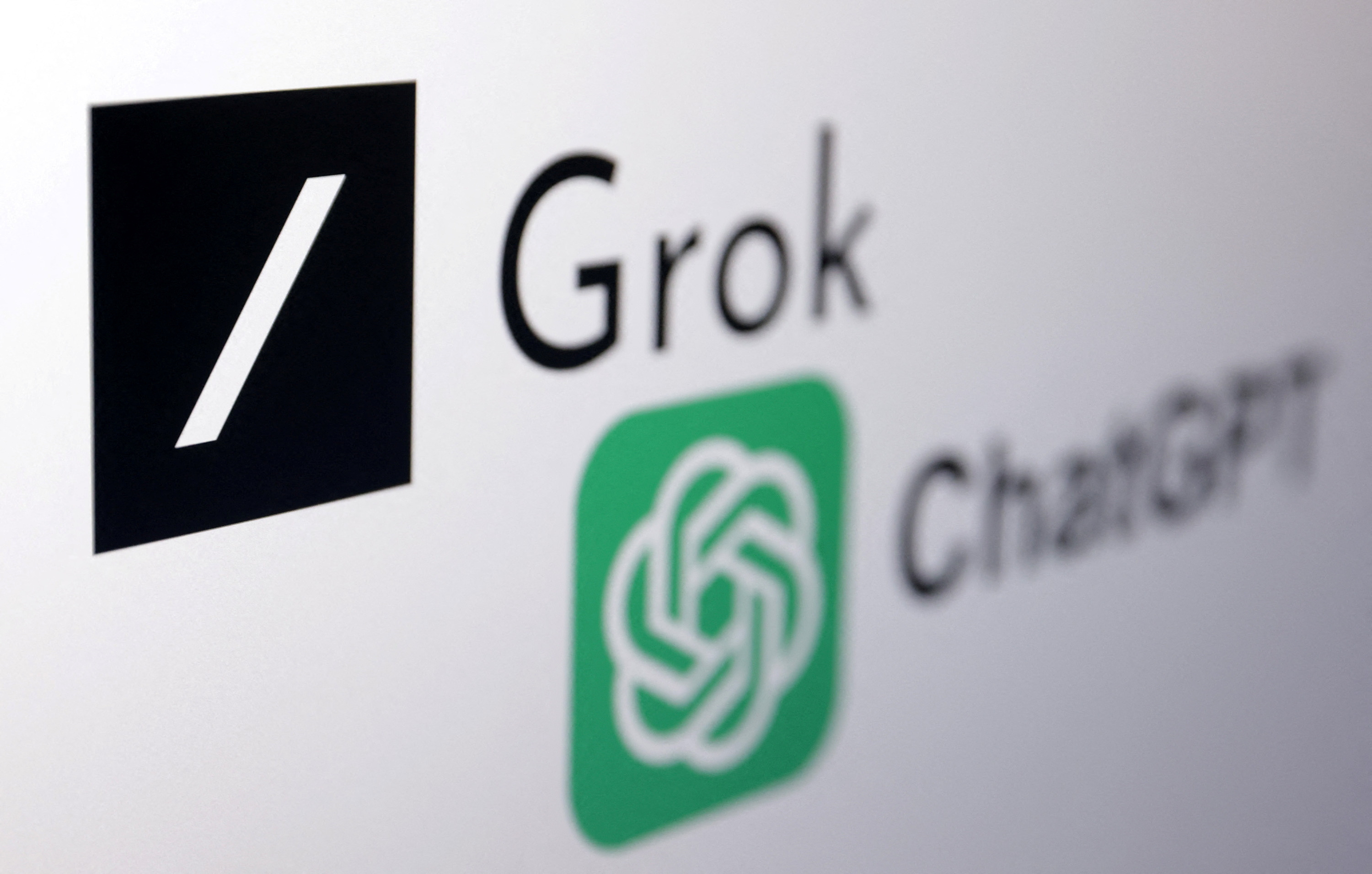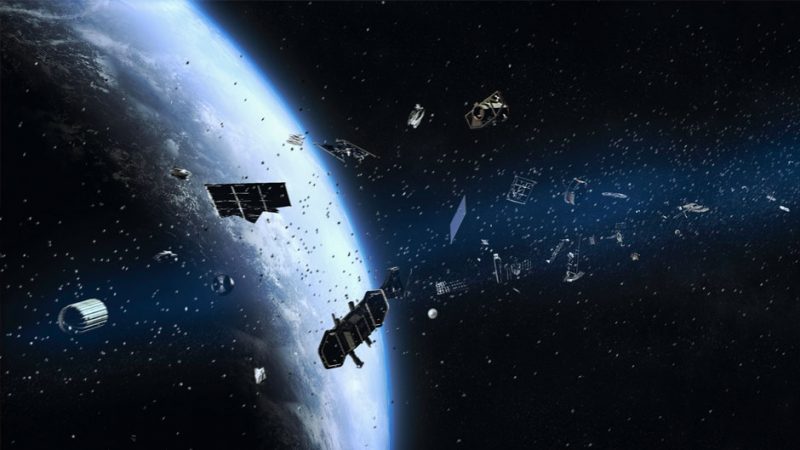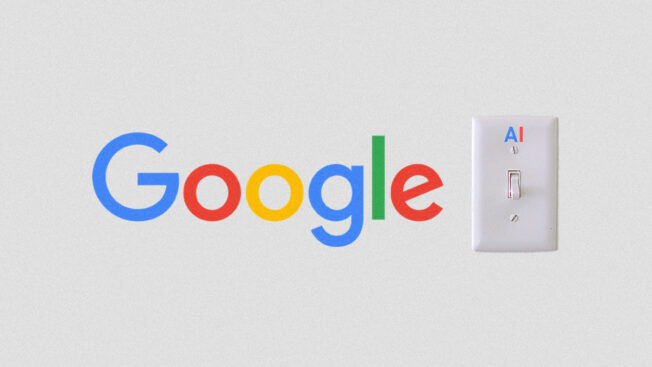Moravec's Paradox is a concept in artificial intelligence and robotics that highlights a counterintuitive aspect of the capabilities of computers and machines compared to human abilities. It suggests that tasks humans find complex, such as high-level reasoning and logic, are relatively easy for computers to master, while activities that are intuitive for humans, like perception and mobility, prove to be incredibly challenging for machines.
Understanding the Paradox
The paradox is named after Hans Moravec, a researcher in robotics and artificial intelligence, who observed that contrary to traditional assumptions, high-level reasoning requires very little computational power compared to sensorimotor skills, which demand enormous computational resources. This is because the skills that are most recent in human evolutionary history, like logic and strategic thought, are easier to replicate in machines than the more ancient and ingrained abilities such as face recognition, object manipulation, and language use.
Implications for AI and Robotics
The paradox has significant implications for the development of AI and robotics. While computers have excelled in specific tasks such as playing chess or Go, and have made strides in image and object recognition, natural language processing, and other sensorial activities, they still struggle with tasks that require the kind of sensorimotor skills that even young children possess.
Robotics, in particular, faces the added complexity of integrating physical hardware and mechanics, which increases the difficulty and cost compared to AI, which primarily deals with software algorithms. However, the integration of AI into robotics is seen as a path to making robots more versatile and capable of more complex physical interactions with the world.

Challenges and Future Directions
The challenges laid out by Moravec's Paradox are multifaceted. AI systems need to be trained to learn languages, understand human communication, and develop environmental awareness and reasoning. Moreover, the creation of multi-functional robots that can emulate human sensorimotor capabilities remains a formidable task.
Despite these challenges, there is optimism that computers will eventually reach artificial general intelligence, potentially matching or surpassing human capabilities. However, this raises ethical considerations, such as the need for regulations and methods to calculate the existential risks posed by AGI.
The Future of Work and Technological Unemployment
Moravec's Paradox also has implications for the future of work and skills. Certain jobs, particularly those that are low-end, low-skilled, or involve hazardous or monotonous tasks, are more susceptible to being replaced by technology. Conversely, traditional blue-collar jobs that involve complex sensorimotor skills may be more resistant to automation. Understanding the nature and quantity of technological unemployment requires examining the codifiability of tasks, the possibility of reverse-engineering them, and whether they can be reduced to a series of decision rules.

Conclusion
Moravec's Paradox underscores the hidden challenges of AI implementation. While we continue to refine AI's reasoning abilities, there is a need to focus on the basic skills that come naturally to humans but are difficult for AI, such as seeing, moving, and touching. The true promise of AI lies in its collaboration with humans, where each can complement the other's strengths.
In the quest to build human-like artificial intelligence, it's possible that we may need to develop new computational models, such as the proposed "Ren's machine," to better understand and replicate the human brain's processes. As we move forward, the insights from neuroscience, advancements in hardware, and algorithmic innovation will be crucial in overcoming the challenges posed by Moravec's Paradox

